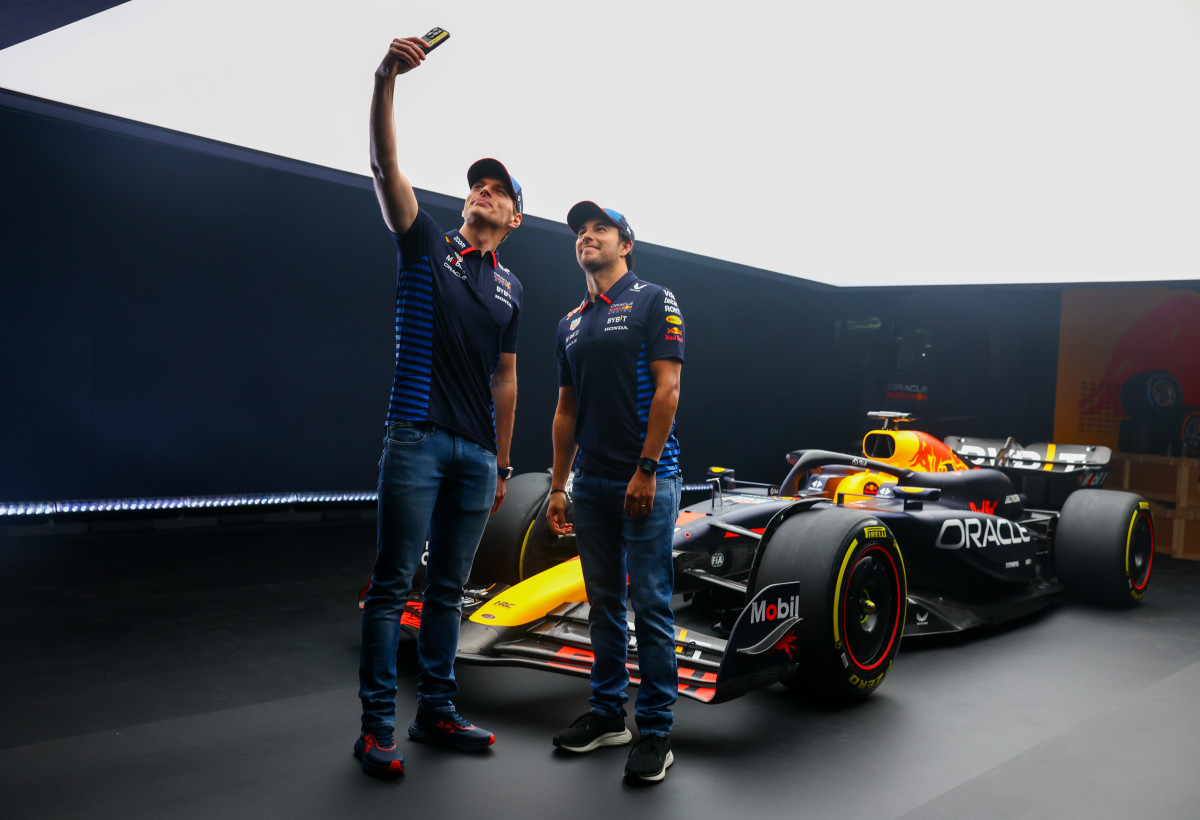F1 Rumour: Red Bull Will Switch To Zero-Pod Later This 2024 Season

Red Bull Racing is rumoured to be adopting a zero-pod design reminiscent of Mercedes' past experiments later in the 2024 F1 season, according to Motorsport.com. This strategic shift, aimed at enhancing aerodynamic efficiency and downforce, underscores the team's relentless pursuit of innovation with an aggressive change this year.
Key Takeaways:
- Innovative Design Shift: The RB20, initially mirroring Mercedes' W14 with its high waistline and unique engine cover, is set to transition to a 'zero-pod' design. This change, expected after the initial races in hot climates, reflects Red Bull's adaptive approach to aerodynamics, catering to cooler conditions in races like Japan.
- Strategic Adaptation: Despite the challenges Mercedes faced with the size-zero concept, Red Bull is poised to leverage its compact sidepod radiator inlets for a tighter bodywork configuration. This move underscores the team's strategic foresight in utilizing aerodynamic adaptations for competitive advantage.
- Regulatory Navigation: Red Bull's innovative approach extends to navigating Aerodynamic Testing Restrictions (ATR) creatively. By focusing on internal component repackaging for cooling, the team effectively utilizes loopholes in the ATR, allowing for more external bodywork refinements without exceeding their limited testing allowance.

As the F1 season heads into cooler terrains after the initial stint in Bahrain, Saudi Arabia, and Australia, Red Bull is slated to transition its RB20 from a design that mirrors the Mercedes W14's high-waisted engine cover to a pioneering zero-pod layout. This adaptation is strategically timed for the post-hot climate races, starting with Japan, where the demands on cooling systems are less stringent.
This design, reminiscent of the W13 and W14 before Mercedes moved to the more traditional downwash sidepod design, could see Red Bull make the design that scuppered the Brackley squad actually see success.
This rumour comes as no surprise after vertical inlets were spotted under the sidepods at the RB20 reveal. These began questions revolving around whether the traditional sidepods would continue into Bahrain testing. Now, it seems as though this simply gives Red Bull the option to pursue a drastic change in design if they deem it to be a healthy gamble.
Christian Horner, Red Bull's team principal, expressed his views on the evolving design landscape within F1, stating:
"Logically, there's going to be convergence with stable regulations. We can see other cars have taken an influence from the RB19. So, I think the team has done a wonderful job on RB20. They haven't sat on their laurels, and you can see that they've pushed the boundaries with the car…
"You’re constantly looking to evolve. If you look at the attention to detail on the car, there's some really exquisite detail.
"There's been no complacency, they've continued to evolve and continue to push the boundaries.
"There's great innovation on the car as well that no doubt will be scrutinised over the coming couple of weeks, but I think creativity has been strong in the team… It’s not a conservative evolution."
When queried about the shift towards a Mercedes-like engine cover, Horner clarified,
"It's not tactical. It's based on performance and what we're seeing through our simulation tools."
This design shift underlines Red Bull's dedication to innovation, leveraging their design and regulatory savvy to stay ahead of a quickly improving pack. By repackaging internal components to enhance cooling, similarly to what Mercedes did, Red Bull capitalises on a strategic loophole to refine their aerodynamic profile without impinging on their restricted testing quota.
